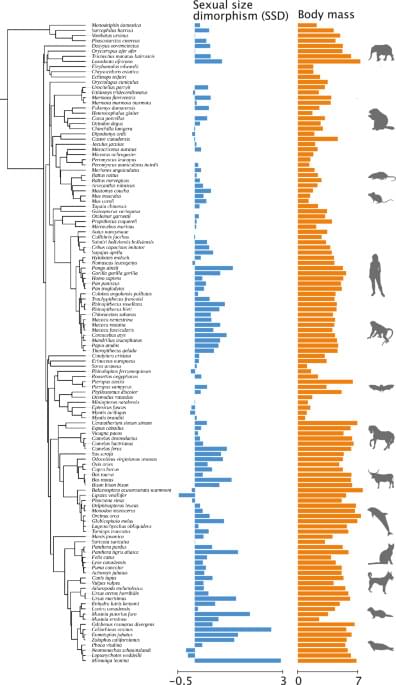The Quantum Insider (TQI) is the leading online resource dedicated exclusively to Quantum Computing.
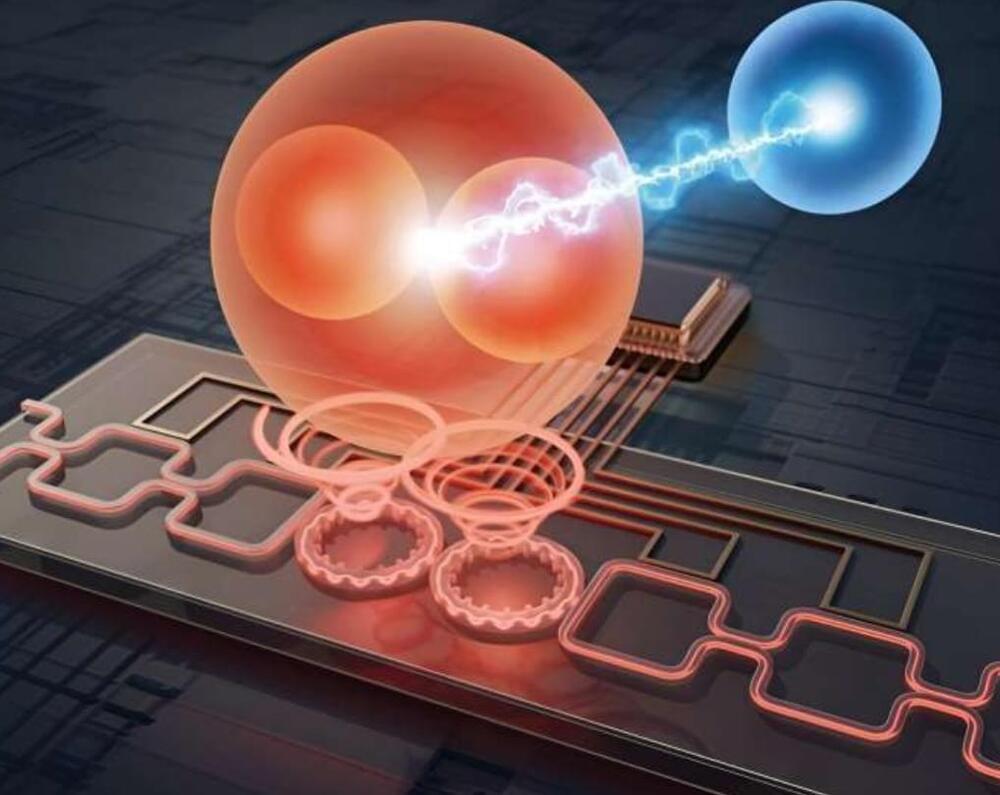


SearchGPT is just a “prototype” for now. The service is powered by the GPT-4 family of models and will only be accessible to 10,000 test users at launch, OpenAI spokesperson Kayla Wood tells The Verge. Wood says that OpenAI is working with third-party partners and using direct content feeds to build its search results. The goal is to eventually integrate the search features directly into ChatGPT.
It’s the start of what could become a meaningful threat to Google, which has rushed to bake in AI features across its search engine, fearing that users will flock to competing products that offer the tools first. It also puts OpenAI in more direct competition with the startup Perplexity, which bills itself as an AI “answer” engine. Perplexity has recently come under criticism for an AI summaries feature that publishers claimed was directly ripping off their work.


Did abstract mathematics, such as Pythagoras’s theorem, exist before the big bang?
Simon McLeish Lechlade, Gloucestershire, UK
The notion of the existence of mathematical ideas is a complex one.
One way to look at it is that mathematics is about the use of logical thought to derive information, often information about other mathematical ideas. The use of objective logic should mean that mathematical ideas are eternal: they have always been, and always will be.
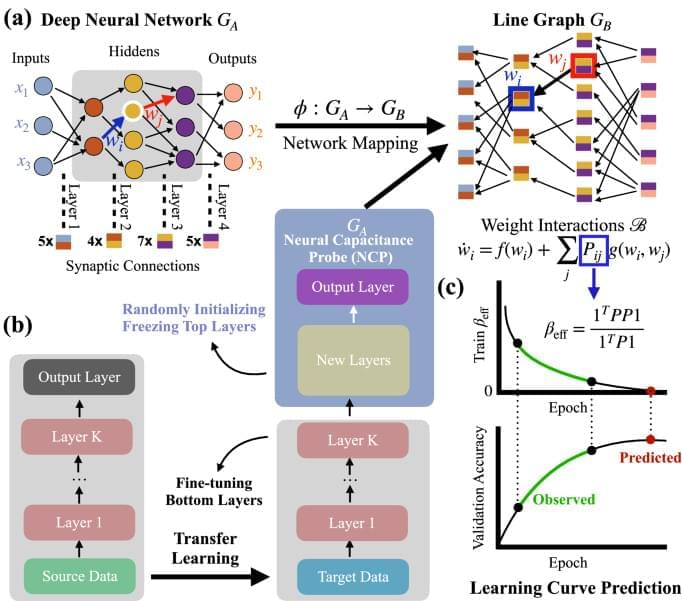
Machine learning influences numerous aspects of modern society, empowers new technologies, from Alphago to ChatGPT, and increasingly materializes in consumer products such as smartphones and self-driving cars. Despite the vital role and broad applications of artificial neural networks, we lack systematic approaches, such as network science, to understand their underlying mechanism. The difficulty is rooted in many possible model configurations, each with different hyper-parameters and weighted architectures determined by noisy data. We bridge the gap by developing a mathematical framework that maps the neural network’s performance to the network characters of the line graph governed by the edge dynamics of stochastic gradient descent differential equations. This framework enables us to derive a neural capacitance metric to universally capture a model’s generalization capability on a downstream task and predict model performance using only early training results. The numerical results on 17 pre-trained ImageNet models across five benchmark datasets and one NAS benchmark indicate that our neural capacitance metric is a powerful indicator for model selection based only on early training results and is more efficient than state-of-the-art methods.

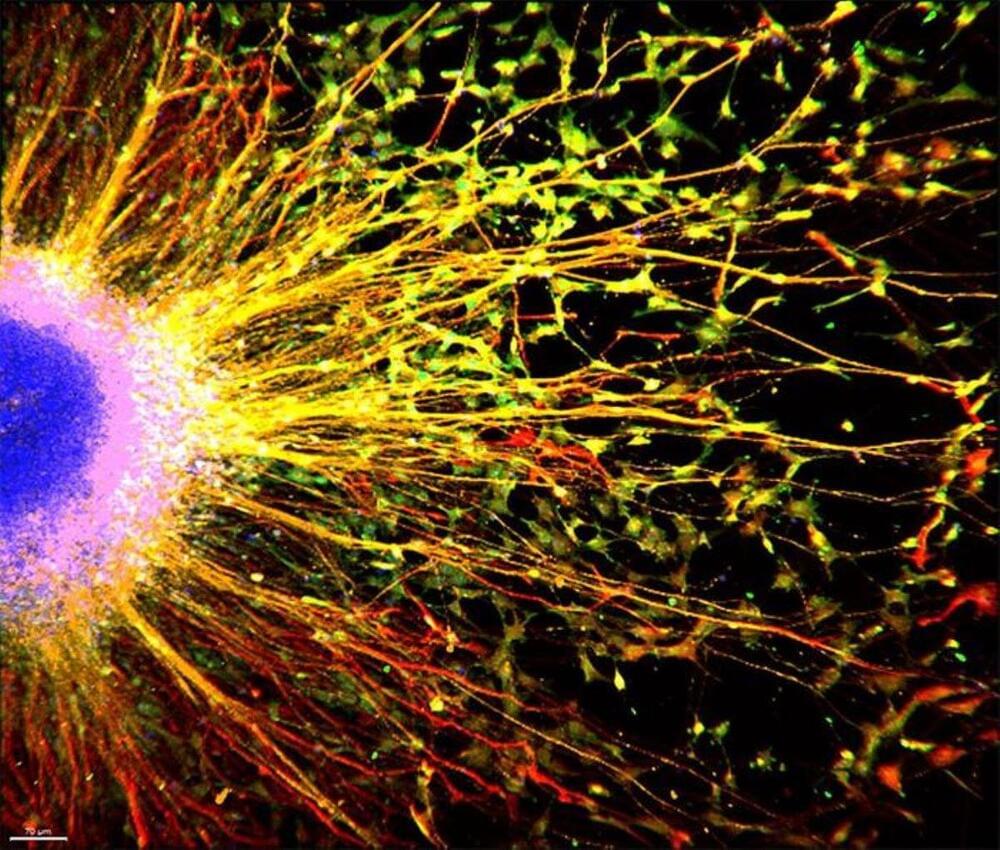
Summary: A new experimental cancer drug could ease cognitive difficulties for those with Rett syndrome, a rare autism-linked disorder, by enhancing brain cell functions. The drug, ADH-503, improves the activity of microglia, which are crucial for maintaining neural networks.
Researchers found that healthy microglia restored synapse function in brain organoids mimicking Rett syndrome. This breakthrough suggests potential therapies for Rett syndrome and other neurological conditions.
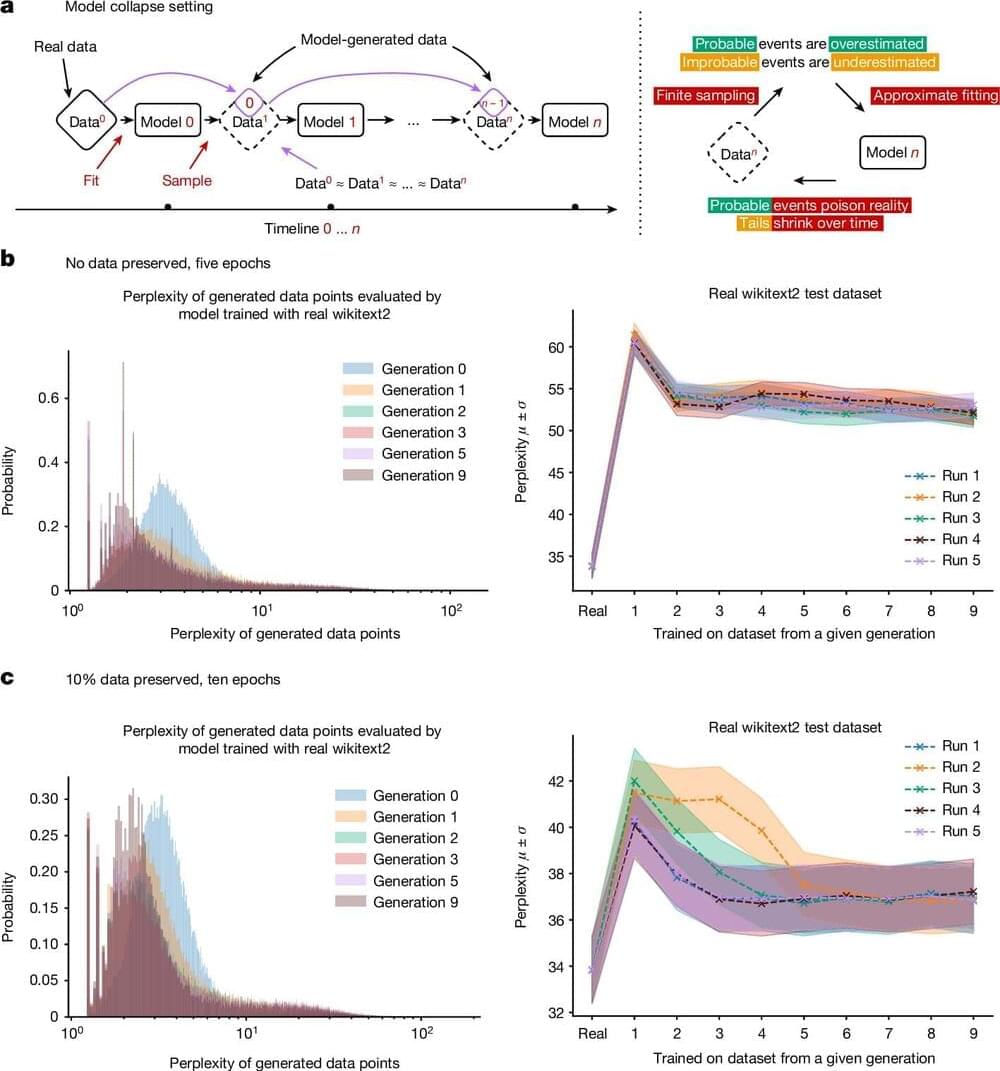
Using AI-generated datasets to train future generations of machine learning models may pollute their output, a concept known as model collapse, according to a new paper published in Nature. The research shows that within a few generations, original content is replaced by unrelated nonsense, demonstrating the importance of using reliable data to train AI models.
Generative AI tools such as large language models (LLMs) have grown in popularity and have been primarily trained using human-generated inputs. However, as these AI models continue to proliferate across the Internet, computer-generated content may be used to train other AI models—or themselves—in a recursive loop.
Ilia Shumailov and colleagues present mathematical models to illustrate how AI models may experience model collapse. The authors demonstrate that an AI may overlook certain outputs (for example, less common lines of text) in training data, causing it to train itself on only a portion of the dataset.

Astronomers have discovered a black hole with a mass about 33 times greater than that of our sun, the biggest one known in the Milky Way aside from the supermassive black hole lurking at the center of our galaxy.
The newly identified black hole is located about 2,000 light-years from Earth — relatively close in cosmic terms — in the constellation Aquila, and has a companion star orbiting it, researchers said on Tuesday. A light year is the distance light travels in a year, 5.9 trillion miles.
Black holes are extraordinarily dense objects with gravity so strong that not even light can escape, making it difficult to spot them. This one was identified through observations made in the European Space Agency’s Gaia mission, which is creating a huge stellar census, because it caused a wobbling motion in its companion star. Data from the European Southern Observatory’s Chile-based Very Large Telescope and other ground-based observatories were used to verify the black hole’s mass.
